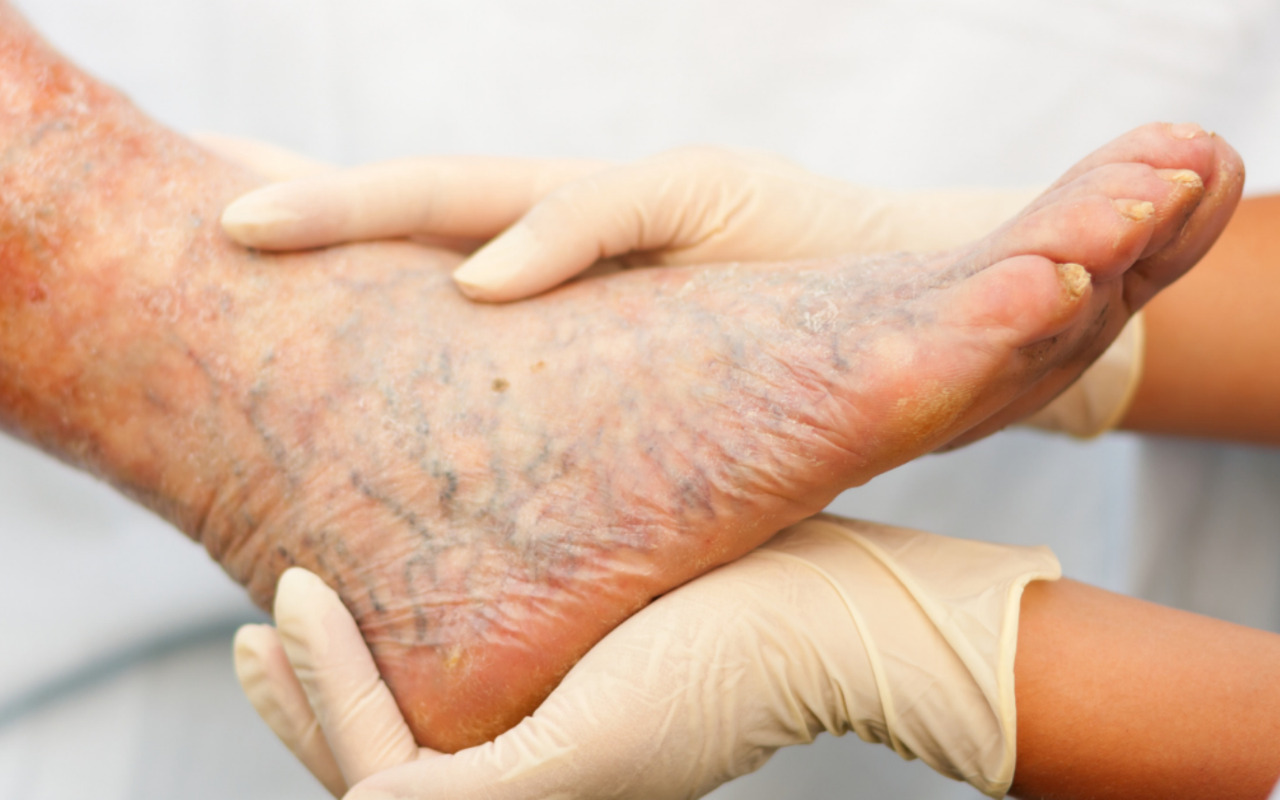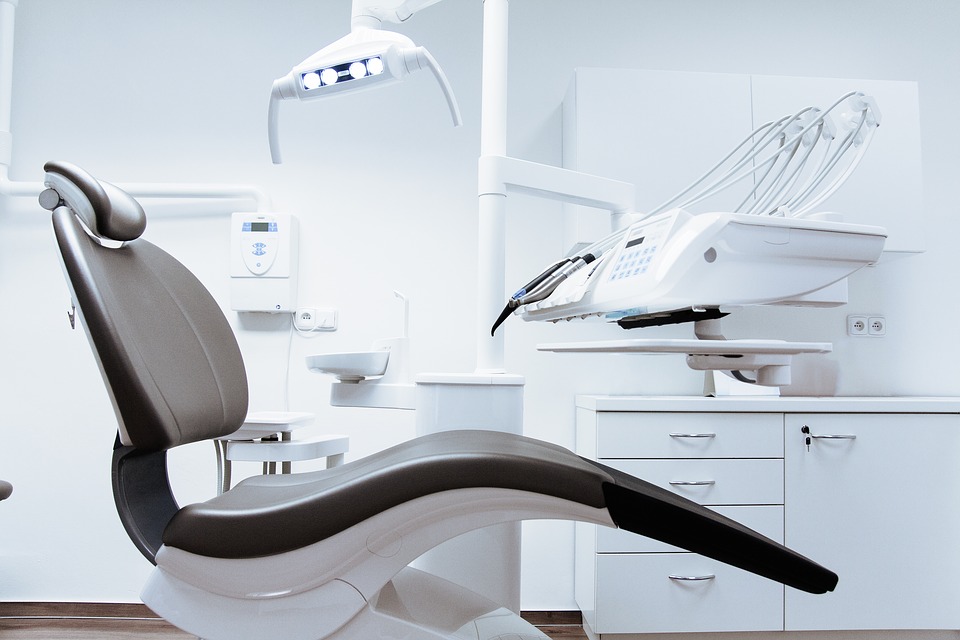Varicose veins are large, twisted, and bulging veins that occur in the superficial parts of the body. These veins are caused by prolonged standing or sitting. Even though they can be weird and awkward, varicose veins aren’t risky for the vast majority. At times, extreme varicose veins can prompt genuine medical conditions, for example, blood clumps. You can alleviate most varicose vein indications at home. Or on the other hand, your medical care supplier can treat them with infusions, laser treatment, and medical procedures.
Causes of varicose veins:
Varicose veins are brought about by an increased pulse in the veins. Varicose veins occur in the veins close to the outer layer of the skin (shallow).
Through veins with single-direction valves, blood flows toward the heart. At the point when the valves become weakened or harmed, blood can gather in the veins. This makes the veins become developed. Sitting or representing significant stretches can make blood pool in the leg veins, expanding the tension inside the veins. The veins can extend from the expanded tension. This might weaken the dividers of the veins and harm the valves.
Signs that indicate the presence of varicose veins include:
The affected veins appear in blue in some people the veins appear as purple
Veins can appear like cords they can look like bulging and twisted
Varicose veins can also be associated with painful symptoms:
- Constant feeling of heaviness and pain in your legs
- Muscle cramping, burning sensations, and swelling in your legs
- Pain tends to worsen after long hours of sitting or standing
- Urge to itch around the affected veins
- Discoloration of skin around the veins
Diagnosis of varicose veins:
Varicose veins are near the outer layer of the skin and are simple to see. Medical services suppliers can analyze the condition during an actual assessment. Your supplier will feel the veins and look at them while you’re sitting and standing.
To see point-by-point pictures of the veins and check for inconveniences, your medical care supplier might suggest an ultrasound. This protected, effortless test utilizes sound waves to create pictures of tissues inside the body. Ultrasounds can show blood clumps and how the valves are functioning.
Varicose treatment:
Fortunately, treatment normally doesn’t require an emergency clinic stay or a long, awkward recuperation. On account of less intrusive techniques, varicose veins can, by and large, be treated on an outpatient premise.
Inquire as to whether protection will take care of any of the expenses of your treatment. Whenever accomplished for absolutely superficial reasons, you’ll probably need to pay for the treatment of varicose veins yourself. You can reach out to a Varicose Vein Hospital for your treatment.
Selfcare:
Activities like exercising, losing unhealthy weight, and using compression stockings to reduce the inflammation of the veins.
Compression Stockings:
Wearing compression stockings all day is regularly the principal way to deal with attempts before continuing to take different medicines. They constantly compress your legs, helping veins and leg muscles for efficient blood circulation. The intensity of the pressure depends on the quality of the stockings.
Original effectiveness stockings additionally are accessible and are reasonably covered by protection if your varicose veins are causing symptoms.
Various varicose veins surgery procedures can help you treat varicose veins:
Sclerotherapy: In this medical procedure, your doctor infuses a solution into the varicose veins that scars and closes those veins. In about 30 days, the varicose veins should heal.
Though a similar vein might be infused more than once, sclerotherapy is powerful whenever done accurately. Sclerotherapy doesn’t need sedation and should be possible in your primary care physician’s office.
Laser therapy: Specialists are utilizing innovation in laser medicine to shut off more modest varicose veins and insect veins. Laser treatment works by sending strong waves of light onto the vein, which makes the vein gradually blur and vanish. No cuts or needles are utilized.
Catheter-assisted procedures: In one of these medicines, your vein specialist embeds a flimsy cylinder (catheter) into an augmented vein and warms the tip of the catheter utilizing either radiofrequency or laser energy. As the catheter is pulled out, the hotness obliterates the vein by making it break down and seal shut. This technique is the favored treatment for bigger varicose veins
High ligation: This procedure involves closing the entry point of the vein. This is an outpatient strategy for the vast majority. Eliminating the vein will not hold blood back from coursing in your leg since veins further down the leg deal with the bigger volumes of blood.
Lifestyle changes that can be adopted to avoid varicose veins:
Exercise: Ensure to stay active throughout your day which can help with blood circulation.
Notice your weight: Shedding extra pounds eases the heat off your veins. What you eat can help, as well. Follow a low-salt eating routine to forestall enlarging caused by water maintenance.
Look what you wear: Stay away from high heels. Try not to wear tight garments around your midsection, legs, or crotch because these pieces of clothing can decrease the bloodstream.
Position of legs: To work on the course in your legs, enjoy a few short reprieves every day to raise your legs above the level of your heart. For instance, rest with your legs laying on three or four cushions.


 Home
Home










